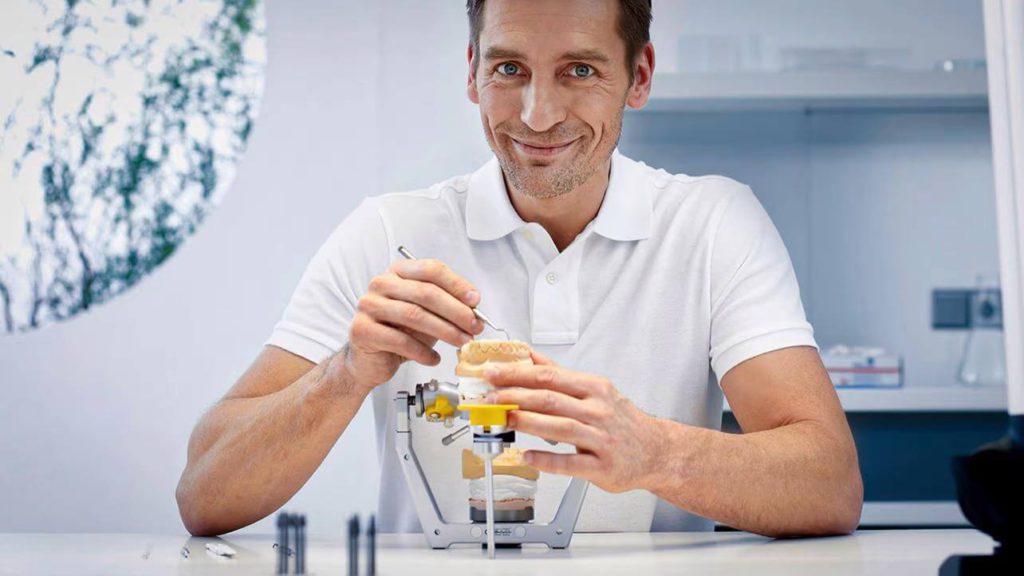
Learn what to look for in today's best dental 3D printers and start making your own dental models, dentures, surgical guides, clear aligners and more.
Today, 3D printing is revolutionizing the practice of dentistry. Not only can procedures that used to take weeks now take just hours with the production of dental and surgical models - while the patient is chairside, but also giving local dentists complete control over their patient-specific products - including night retainers, temporary crowns and dentures (this means fewer appointments needed, significantly reduced costs and improved patient care).
Let's take a look at the growing selection of solutions that can bring your practice or lab into the era of digital dentistry.
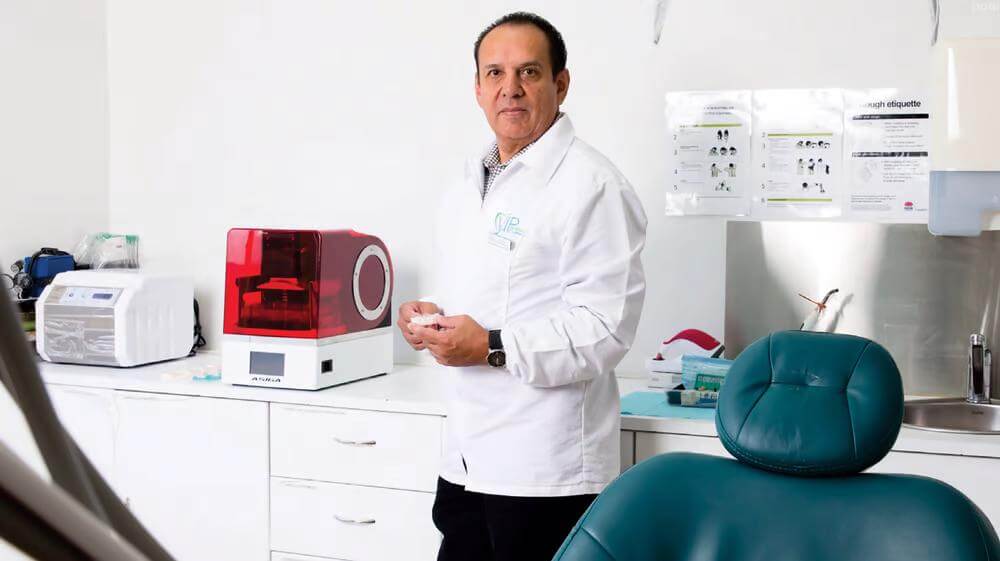
Think about your needs
As a dental practitioner or dental laboratory specialist, you know that there is a big difference between dental models for visualization in front of patients and dental parts for patient use.
If your goal is to print reasonably accurate models of a patient's mouth taken from an oral 3D scan or impression to explain a procedure to a patient, for example, then there is no need for a specialized dental printer. You actually have a much wider range of printers to choose from for making models than you do for printing parts that will come into contact with a patient.
Almost any resin printer – and many of the better filament printers – are capable of printing great dental models.
However, if you want to print biocompatible dental parts – anything that will come into contact with a patient's mouth or skin, such as clear aligners, veneers, temporary or permanent replacement teeth or dentures – you'll need to use biocompatible materials certified by regulatory authorities - EU CE, plus approved software and 3D printers. This is our focus in this article.

Biocompatible dental 3D impressions
Because there are many regulations surrounding medical devices, it pays to work with a 3D printer manufacturer that specializes in the dental market (either entirely or as a large focus of their business). These companies offer hands-on expertise and support, along with an ecosystem of dental-focused products and services, plus a continuous supply of the necessary supplies.
Adding 3D printing to your dental practice or lab requires you to learn new techniques, technologies, materials and processes, so naturally, without adequate training and support, you're unlikely to get the most out of your printer investment. Choose your provider carefully, it's good that they offer full ecosystem support for dental professionals.

Take advantage of the dental impression ecosystem
Digital dentistry is, of course, more than just 3D printing. Most manufacturers offer a suite of software, oral scanners, 3D printers, post-processing modules and more in a bundled approach.
Many 3D printer manufacturers offer dental solutions that include service plans such as personalized onboarding, proactive registration, and phone and email support, along with resource libraries of manuals, videos, and tutorials. Several 3D printer manufacturers focus exclusively on digital dentistry, offering a holistic approach and promising seamless integration between dental printing software, printers, accessories, materials and support.
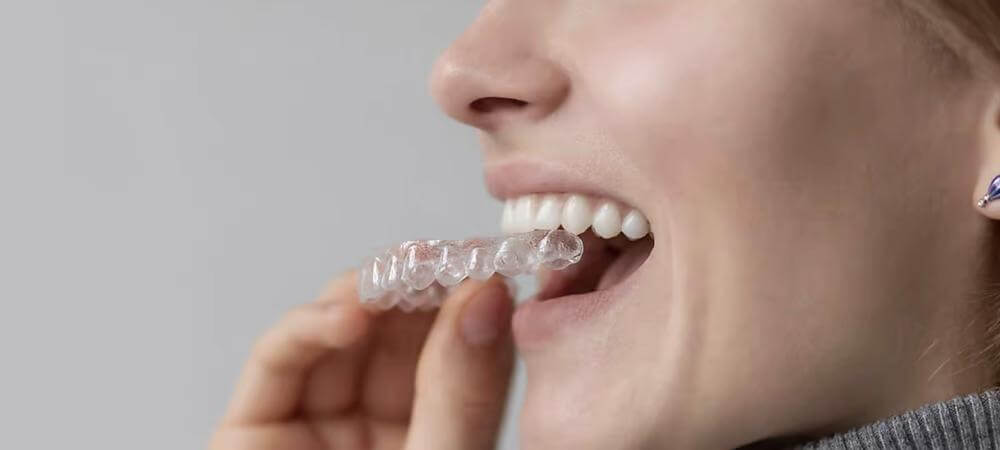
How are 3D dental parts printed?
To illustrate how the components in digital dentistry work together, here is a brief overview of the workflow for creating a patient-specific dental night guard.
It begins with a digital scan of the patient's mouth with a hand-held intraoral scanner, an external scanner, or a scan of a traditional plaster dental cast or model.
From there, your digital images are uploaded to computer-aided design (CAD) software specific to the dental industry, such as Exocad, or the software that came with your 3D printer. There is a wide range of dental CAD programs that will integrate with most major brands of 3D printers. Choose the software that best suits your (and your staff's) skill level.
Next, if your dental software doesn't do this automatically (and most do), you'll upload your design files to the slicing software that either comes with or is compatible with your printer. The slicer transforms your digital model into 3D printing instructions for the printer.
After your night guard is printed with a certified biocompatible resin, it requires some cleaning to remove any debris, removal of supports, and light curing to fully cure. The final step is usually a little polishing and it's ready for the patient to try on. Depending on your printer, the entire process may take several hours.
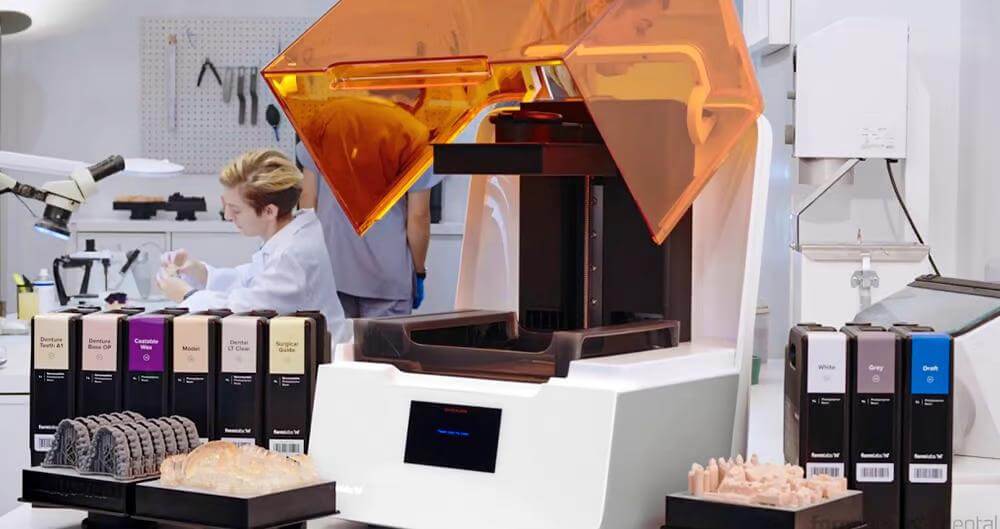
Criteria for the best dental 3D printers
Your choice of printer for biocompatible dental parts depends on a variety of factors, including what you intend to print, how much you intend to print per day or week, how quickly you need your parts, your budget, and how automated or easy to use you want the process to be. Are you just starting or expanding or upgrading your business?
You'll also want to consider the level of service and support from your manufacturer and what dental software the printers are compatible with. Most manufacturers will send you a sample print, so be sure to request one to judge if it meets your expectations for detail, surface finish, and strength.
When asked to rank key purchasing criteria for choosing a 3D printer brand, experts said: accuracy, reliability and support, return on investment, total cost of ownership, quality of materials, and lowest price topped the list.
We at 3MG Bonev Ltd. we will direct your attention to one of the best in this field:
Formlabs
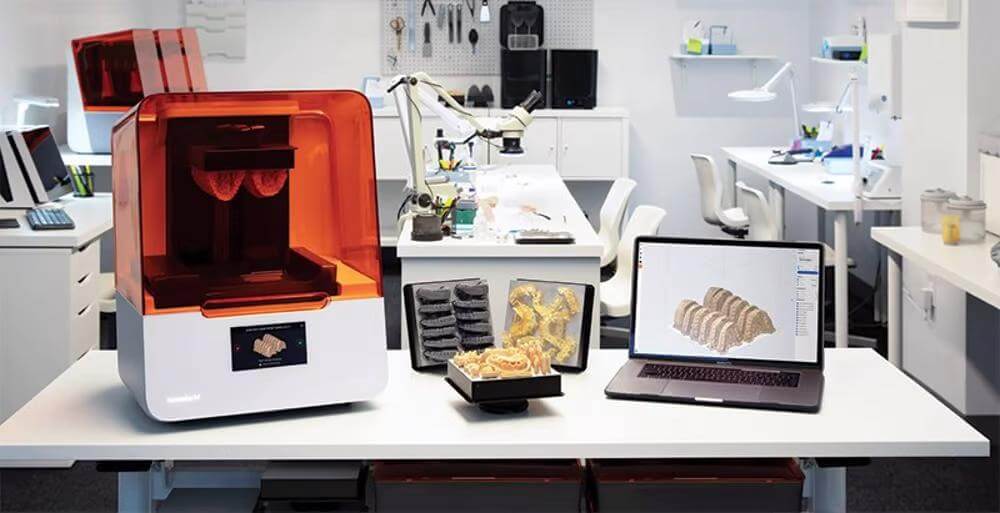
Formlabs has introduced a new, larger version of its popular printer Form 3B with resin in September 2020, Form 3BL , which can print 24 print patterns in about 10 hours. The more compact one Form 3B can print 7 print patterns in about 5 hours. "Form 3BL is ideal for dental labs looking for a robust, production-ready printer,” the company says.
Both printers Formlabs feature proprietary stereolithography (LFS) technology that prints products with fine detail at 100-micron resolution.
Formlabs also updates its software PreForm, so alignment patterns and recovery patterns now print with 25% to 35% faster at Form 3B from before. In 2021 Formlabs announced the new feature Scan to Model in your software PreForm, which will directly convert oral scans into print models. Scan to Model will help dentists with limited CAD experience to print their own models.
Materials
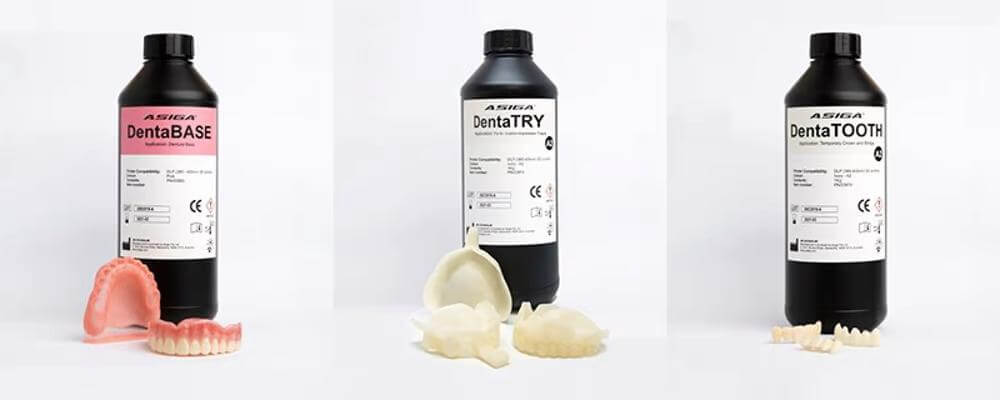
Although several manufacturers claim to have the widest menu of materials, most printers will work with a wide range of third-party materials from reputable manufacturers, including NextDent, Dentca and KeyStone.
Many printer manufacturers work with these material manufacturers above to brand their own resins with properties that meet the requirements of their specific printers. But not all resins are interchangeable. Your printer will come with a list of tested and validated brands. If you use media outside of this list, you may not achieve the print quality or speed typical of your printer.
Of course, any material for use in the mouth of patients must be certified as biocompatible (EU CE). In addition to this certification, look for materials that meet ISO (International Standards Organization) levels for impact, strength, break resistance, and stain resistance.
Post-processing equipment
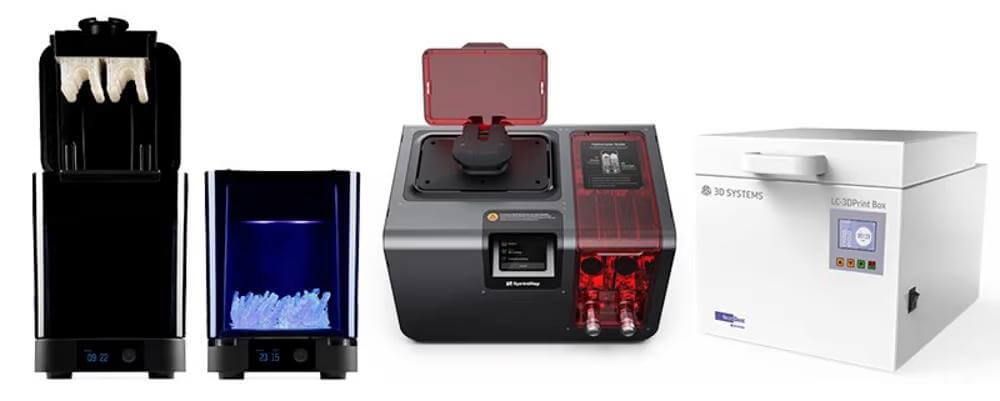
Printouts do not come out of the printer ready for use. Washing, curing and surface finishing are steps that most dental products will need to go from a blank print to a final part. Include these accessories in your digital dental budget plan.
Although immersion in a simple dish of isopropyl alcohol (IPA) may be sufficient to wash most impressions, and curing can be done with sunlight or an inexpensive UV lamp, for intraoral parts, the closed, automated approach is cleaner and more efficient.
Several printer manufacturers offer the washing and curing equipment needed for the final parts. Buying your accessories from the same manufacturer as your printer ensures easy integration, but you're not obligated. Many brands of accessories are interchangeable. The more advanced your printer is, the easier the washing and curing process is, and many industrial printers include printing, washing and curing all in one.
Accessories for washing parts
The liquid solution you wash your prints with and for how long depends on your materials. Each type of print you make may have slightly different wash requirements.
Some manufacturers offer an ultrasonic cleaner that uses high-frequency sounds propagated in a liquid detergent to remove excess resin from 3D-printed parts.
Accessories for hardening parts
Most resin printed parts come out of the printer only partially cured and require additional exposure to UV light to fully cure. Curing boxes, of various sizes, provide uniform 360-degree light in a controlled environment.
Although some curing boxes have extra bells or whistles for convenience, most are so similar that many printer brands don't even make their own and will direct customers to a number of suitable options.
0 Comments